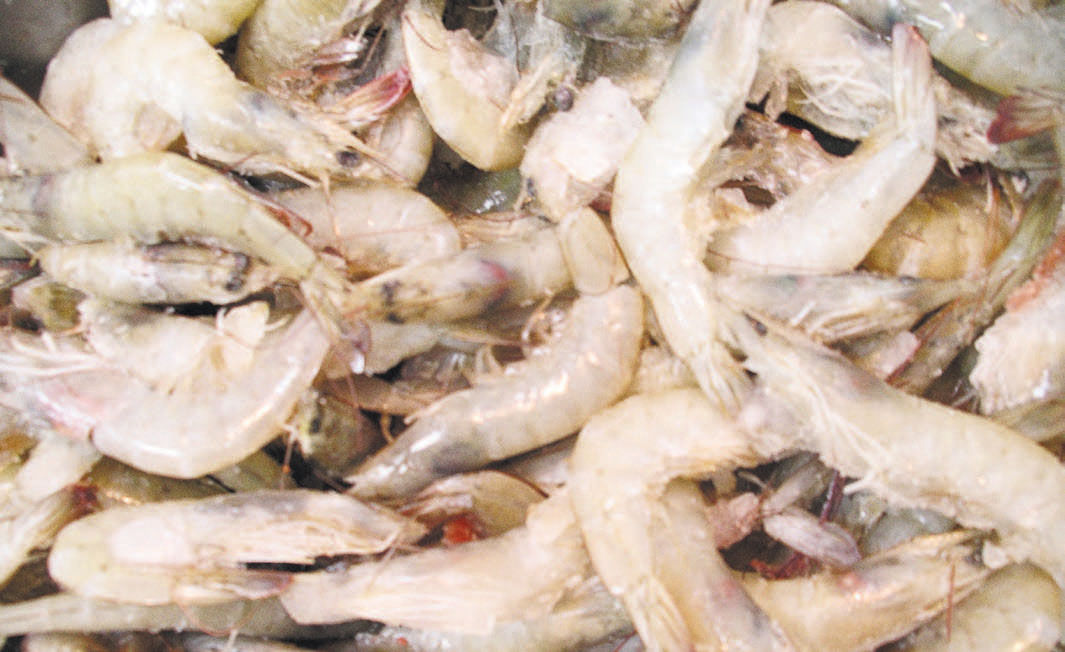
Galliano man ‘never met a stranger’ in 68 years of life
April 26, 2016
Shooting victim arrested on drug charges
April 26, 2016Federal authorities are taking high-profile actions against shrimp from China, Malaysia and other nations, citing unacceptable levels of medications used in feeds at their aquaculture operations.
Bayou Region fishermen and processors have for decades urged better detection of unwanted traces of antibiotics and other drugs in the imports. Laws like the PROTECT Act, signed last year by President Barack Obama and written by Rep. Charles Boustany, R-Lafayette, have boosted the ability of federal agencies to scrutinize imported seafood. Actions announced over the past two weeks by the U.S. Food and Drug Administration are seen as signs in the local industry that the feds are paying attention.
From Oct. 1, 2014, through Sept. 30, 2015, the FDA detected “a significant increase in the presence of nitrofurans and chloramphenicol residues in shrimp products imported from Peninsular Malaysia. During that period, the FDA sampled and tested 138 shrimp shipments from that region. Forty-five samples, or 32 percent, tested positive for residues of nitrofurans and chloramphenicol, from 1.0 to 23 parts per billion.
Shrimp from the suspect Malaysian region may be detained without being tested by U.S. Customs officials. A similar action has been brought against some Chinese shrimp. In each case, certain importers are pre-cleared for shipment. Nonetheless, leaders of organizations that represent Gulf Coast shrimp interests are cheering.
Dr. David Veal, executive director of the American Shrimp Processors Association, said the FDA action “is even more evidence that American restaurants, retailers and consumers should
be paying attention to the labels on the shrimp they’re buying.”
U.S. Sen. David Vitter, R-La., said the FDA ruling is proof that further legislation he has sponsored needs serious consideration.
His Seafood Safety Standards Act would mandate that the FDA inspection standards and rules be adopted by NOAA, which has its own enforcement authority.
“For those of us in Louisiana where expectation of high quality seafood is a way of life, we need to know that the food we eat will be safe; yet the discrepancy between what American fishermen are required to do and what foreign seafood importers can get away with is staggering,” Vitter said. “NOAA’s failure to level the playing field between the domestic seafood industry and imported seafood producers has serious repercussions in both jeopardizing American jobs and allowing seafood with harmful drugs and chemicals into our country and onto our dinner plates. It’s time to pass my legislation to make sure imported seafood meets our domestic safety standards.”
An April 15 order from the FDA concerned the products from China, the largest producer of aquaculture seafood in the world. China prohibits the use of nitrofurans, but the FDA says that unacceptable quantities of the substance have nonetheless been turning up.
Shrimp sit on ice after being caught in the Gulf of Mexico’s salty waters. Federal authorities have taken action against shrimp from overseas after toxins were found in the product.







